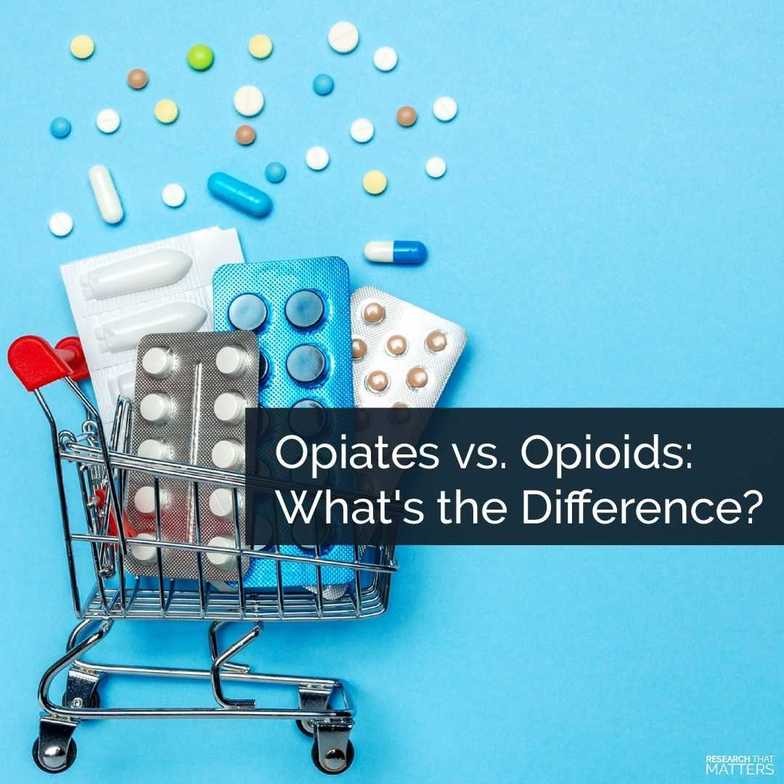
Opiates vs. Opioids: What’s the Difference?
Bottom Line:
Opiates vs. opioids - while they come from different sources, they are similar in a particular way.
Both opioids and opiates have caused millions of people looking for pain relief to enter a cycle of addiction.
And the truth is that many people who are currently addicted to opioids weren’t recreational drug users looking for their next high…
They were people who were prescribed these drugs by their doctors to treat their chronic pain.
Why it Matters:
To understand more about how this addiction epidemic happened, it helps to understand the differences between opioids and opiates.
Opiates describe drugs derived from the flowering opium poppy plant.
Morphine is an example of an opiate.
These drugs have been linked to physical dependence, increased tolerance, and addiction.
Opioids are synthetic or made in a lab.
When opioid receptors in the brain become activated, they produce feelings of pleasure and pain (all opioid drugs act on these receptors).
Some are up to 50 times more powerful than heroin.
It goes without saying that these drugs are highly addictive and dangerous.
Opioid drugs used to treat pain include oxycodone and hydrocodone.
Oxycodone exhibits the highest risk of abuse and poses the most significant dangers.
It affects the nervous system in the same way as heroin.
Next Steps:
Current medical guidelines no longer recommend using opioids for most spinal pain.
If you're struggling with pain, movement-based care, like chiropractic, is often the best way to accelerate the healing process and put yourself in a position for long-term relief.
Both the research and results we’ve seen at our drug-free pain management clinic in Oklahoma City and Edmond don’t lie.
Call us today if you want to explore a relief path that doesn't include medications.
Science Sources:

Roy Hansen
Contact Me



